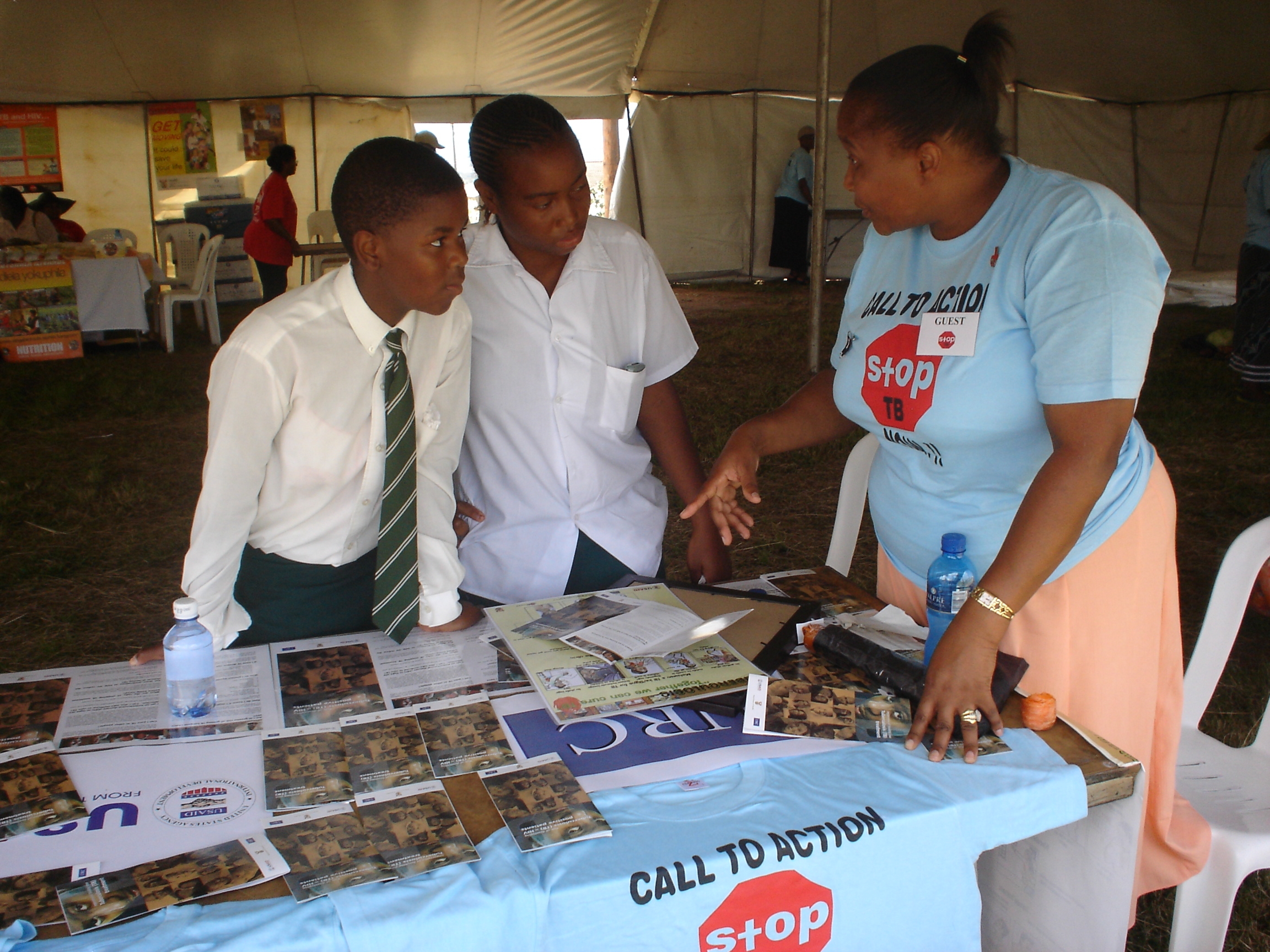Systems to End the Malaria Burden Through Meaningful Engagement - II (SEMBE II)
This program description outlines the U. S. Agency for International Development (USAID)’s expectations for the Systems to End the Malaria Burden through Meaningful Engagement - II - (SEMBE1 II) activity in Cameroon.
SEMBE II seeks to strengthen the capacity of the Cameroonian government and local stakeholders to positively respond to malaria prevention, control, and elimination priorities.SEMBE II will implement interventions focused on priorities outlined in Cameroon’s current National Strategic Plan (NSP) for Malaria Control for the period covering 2019 through 2023; and may adjust focus areas to align with future NSPs.
Cameroon’s current NSP 2019-2023 has identified the following priorities:● Reduce malaria morbidity and mortality by 60 percent from 2015 levels by 202 3. ● Reduce malaria incidence from 2015 levels by 60 percent by 202 3. ● Reduce malaria transmission to a very low level (pre-elimination threshold) in some health districts in the Sahelian zone of the country by 202 3. While USAID will mobilize funds primarily through the President’s Malaria Initiative (PMI) to finance SEMBE II, this activity also allows for USAID to invoke program modifiers to respond to significant change in USAID funding streams, malaria epidemiology, or Cameroon’s external donor landscape.
This approach also allows for flexibility to rapidly leverage the malaria platform to adapt and respond to emerging health threats.
SEMBE II seeks to strengthen the capacity of the Cameroonian government and local stakeholders to positively respond to malaria prevention, control, and elimination priorities.SEMBE II will implement interventions focused on priorities outlined in Cameroon’s current National Strategic Plan (NSP) for Malaria Control for the period covering 2019 through 2023; and may adjust focus areas to align with future NSPs.
Cameroon’s current NSP 2019-2023 has identified the following priorities:● Reduce malaria morbidity and mortality by 60 percent from 2015 levels by 202 3. ● Reduce malaria incidence from 2015 levels by 60 percent by 202 3. ● Reduce malaria transmission to a very low level (pre-elimination threshold) in some health districts in the Sahelian zone of the country by 202 3. While USAID will mobilize funds primarily through the President’s Malaria Initiative (PMI) to finance SEMBE II, this activity also allows for USAID to invoke program modifiers to respond to significant change in USAID funding streams, malaria epidemiology, or Cameroon’s external donor landscape.
This approach also allows for flexibility to rapidly leverage the malaria platform to adapt and respond to emerging health threats.
Relevant Nonprofit Program Categories
Obtain Full Opportunity Text:
http://www.aoa.gov/AoARoot/Grants/Funding/index.aspx
Additional Information of Eligibility:
Apply at FEMA GO (go.fema.gov)
Full Opportunity Web Address:
http://www.aoa.gov/AoARoot/Grants/Funding/index.aspx
Contact:
Agency Email Description:
Business E-Mail
Agency Email:
Date Posted:
2023-05-08
Application Due Date:
Archive Date:
2023-07-22
Social Entrepreneurship
Spotlight
When it Comes to Social Enterprises, Failure is the Best Platform for Innovation

In the world of social enterprises, failure is a cringe-worthy moment nobody wants to talk about. But, social entrepreneurs can benefit from their failures.

